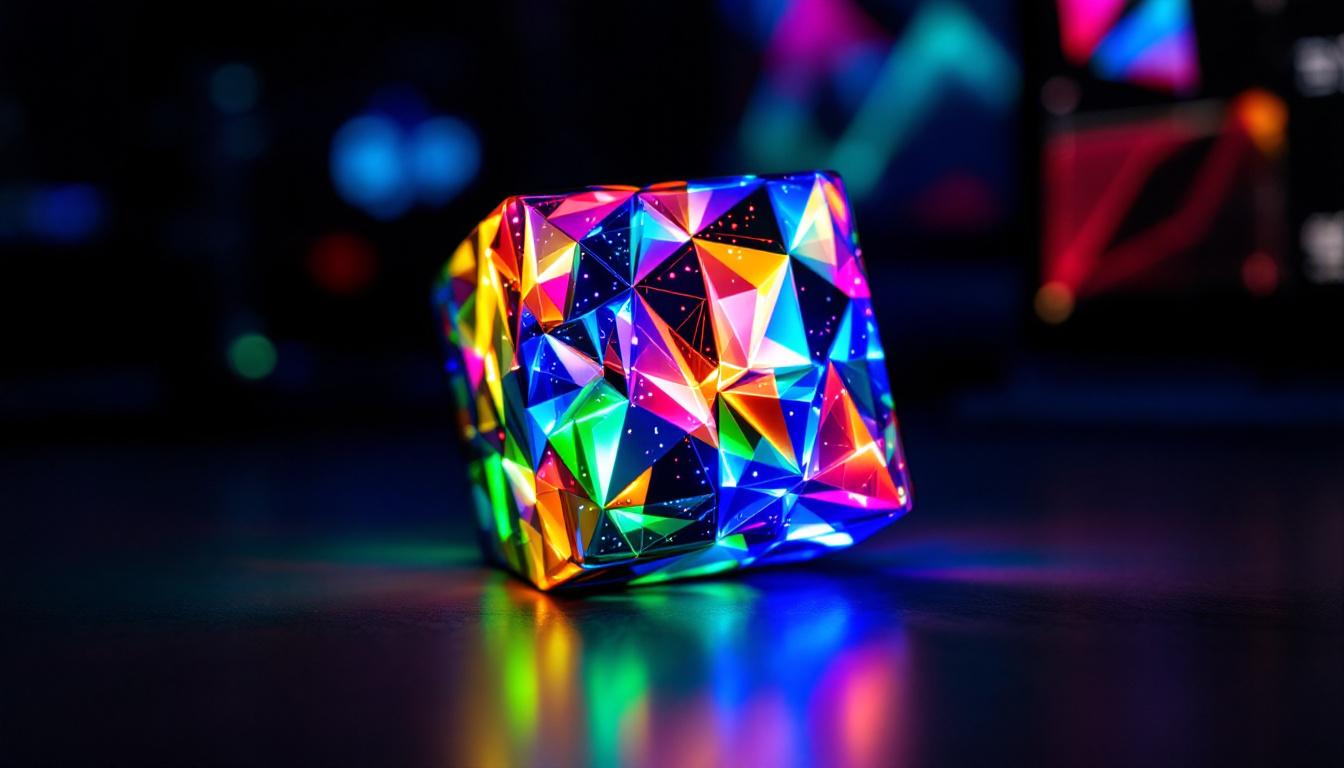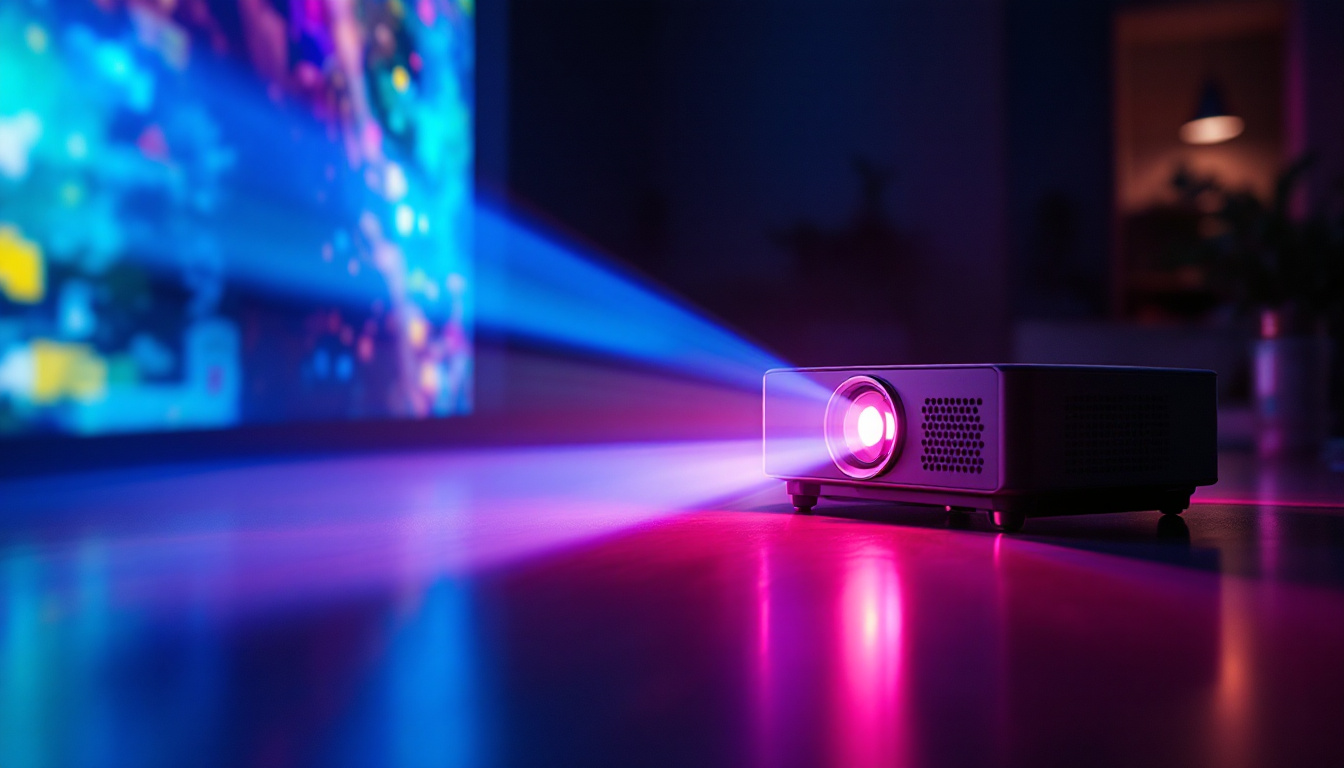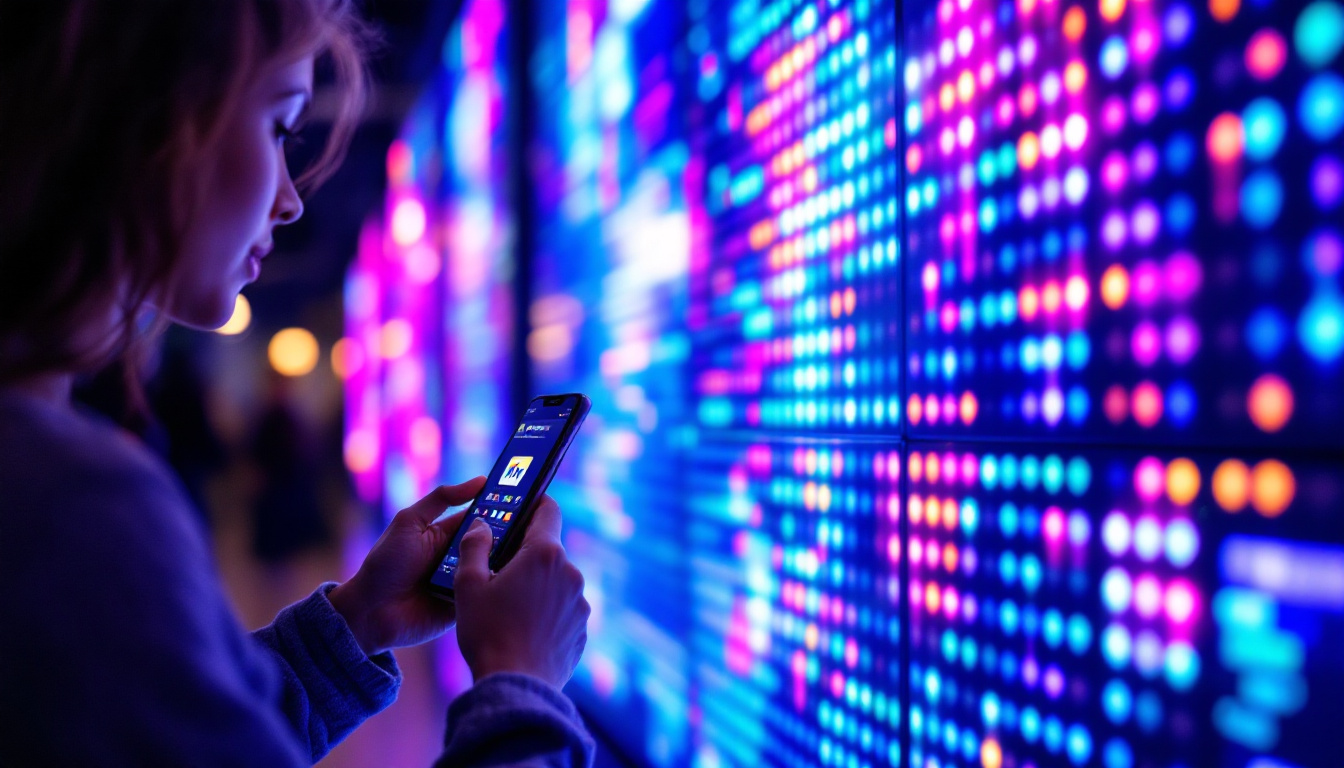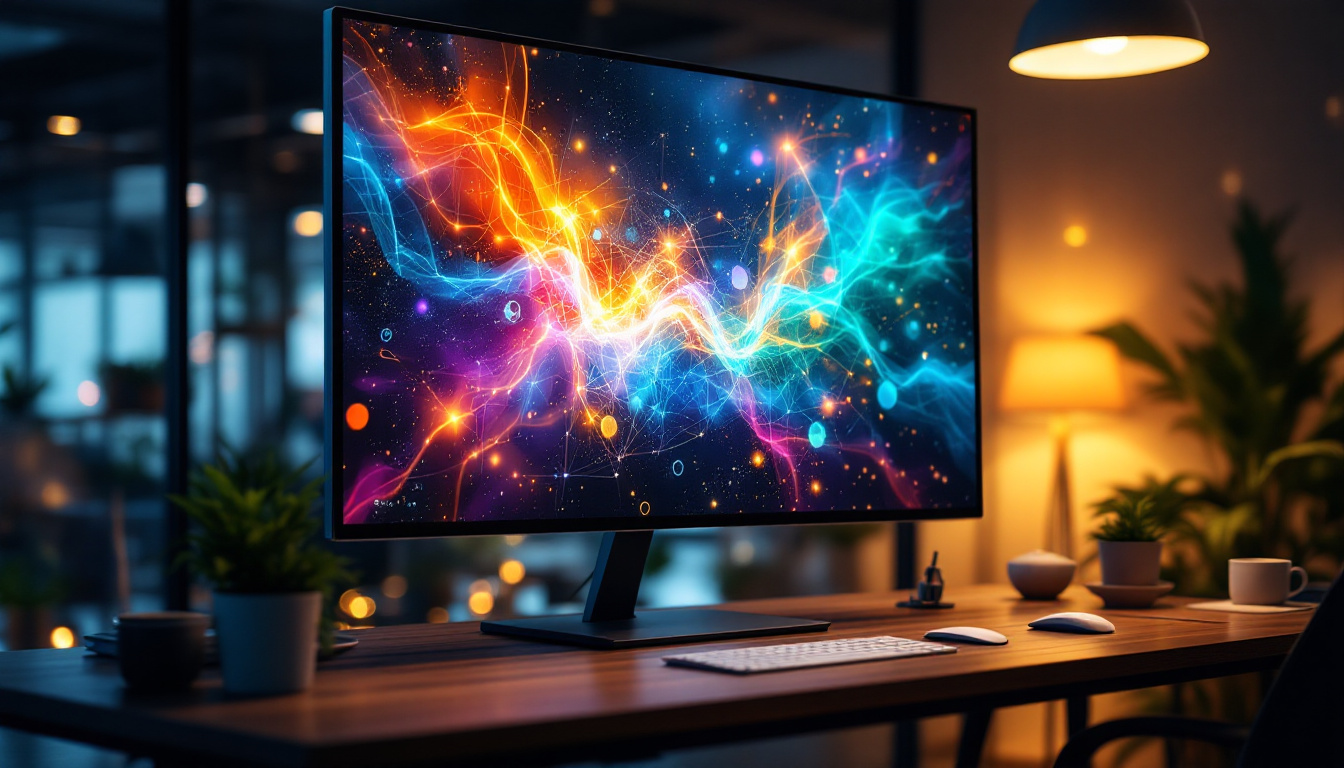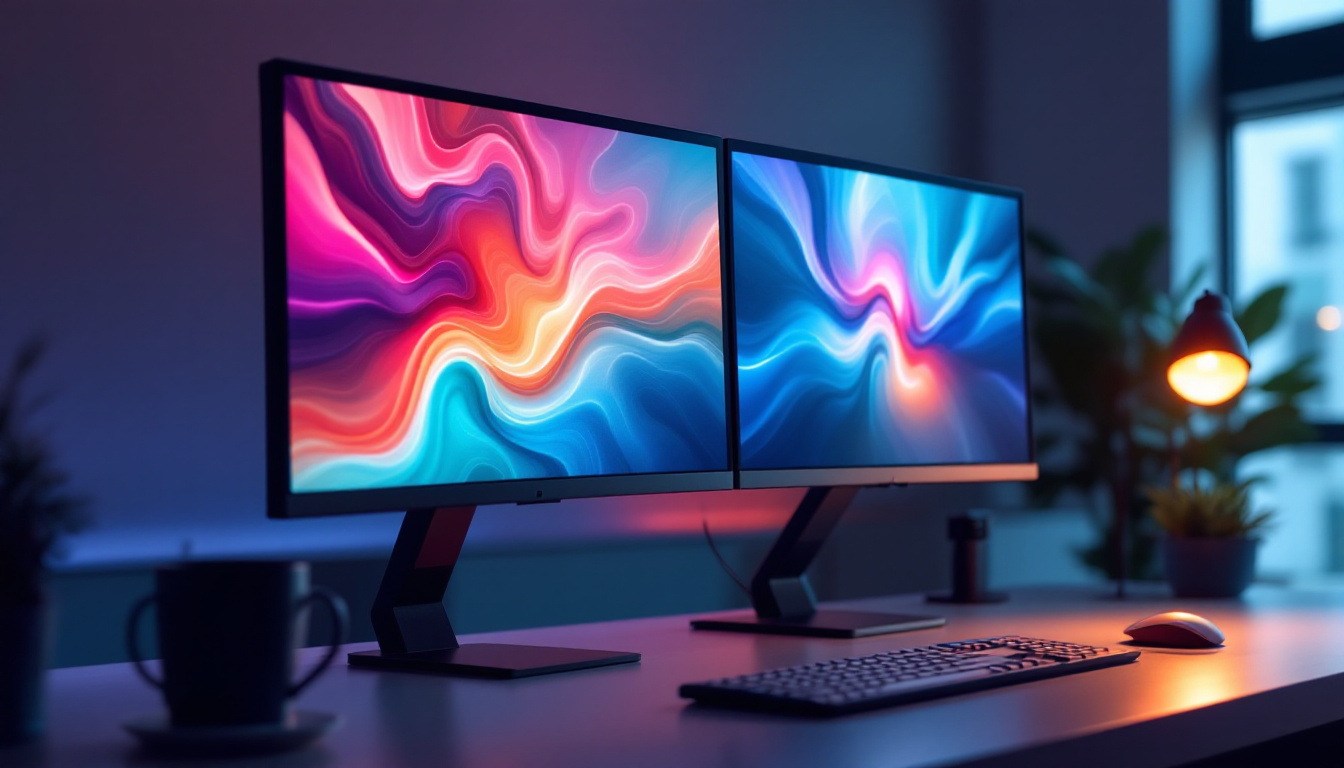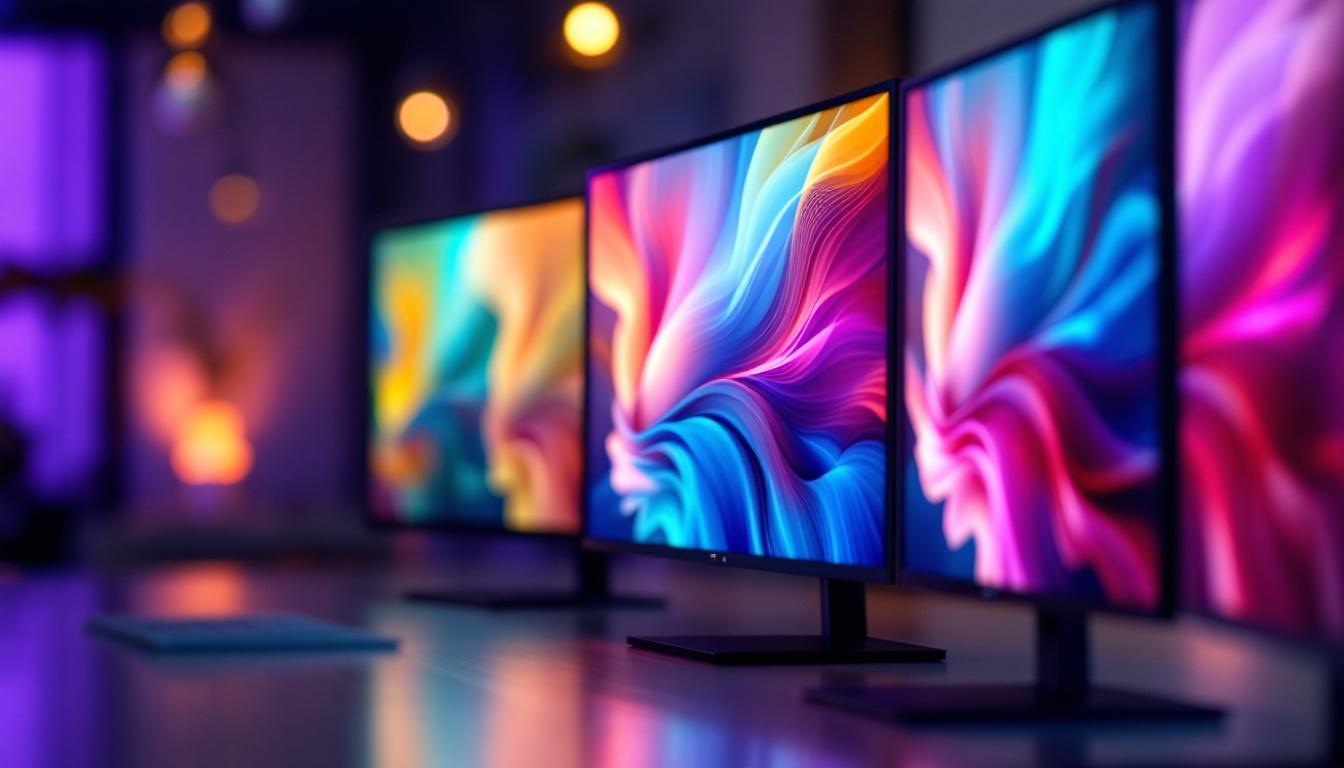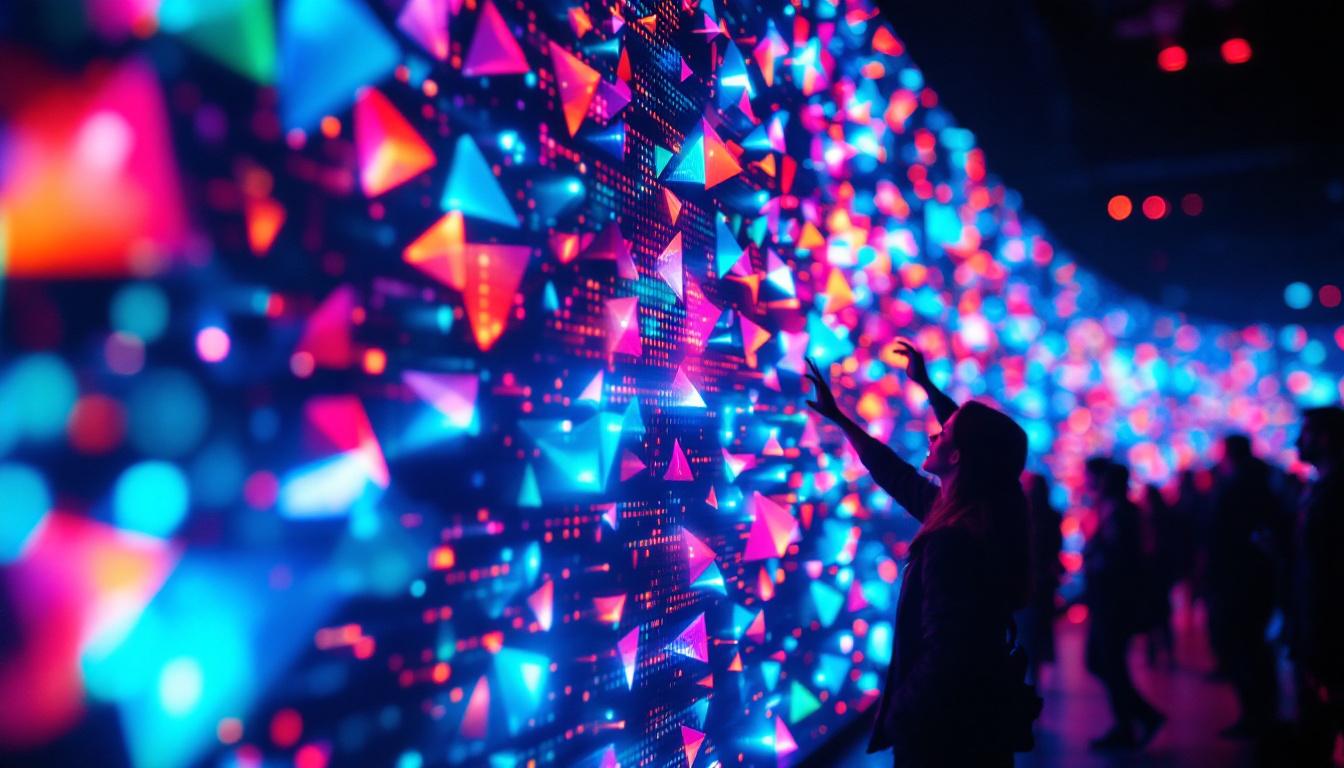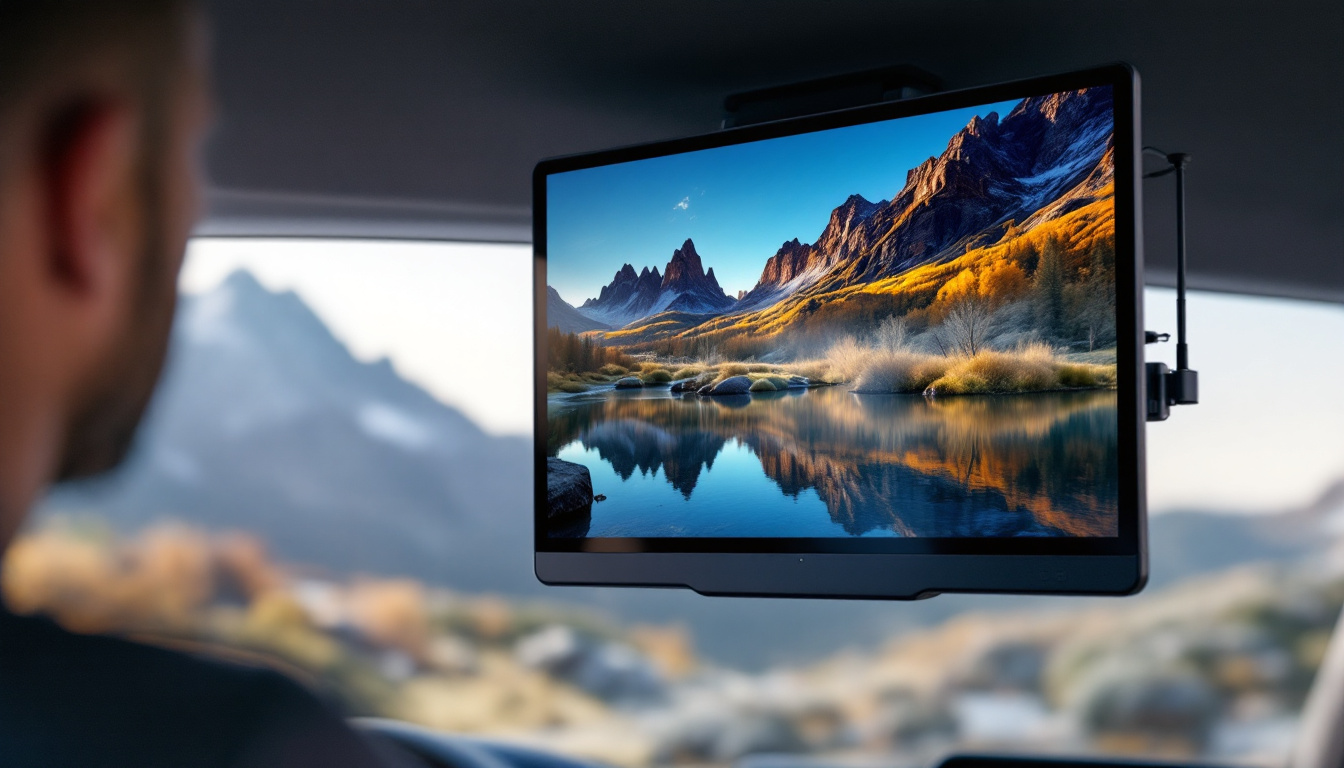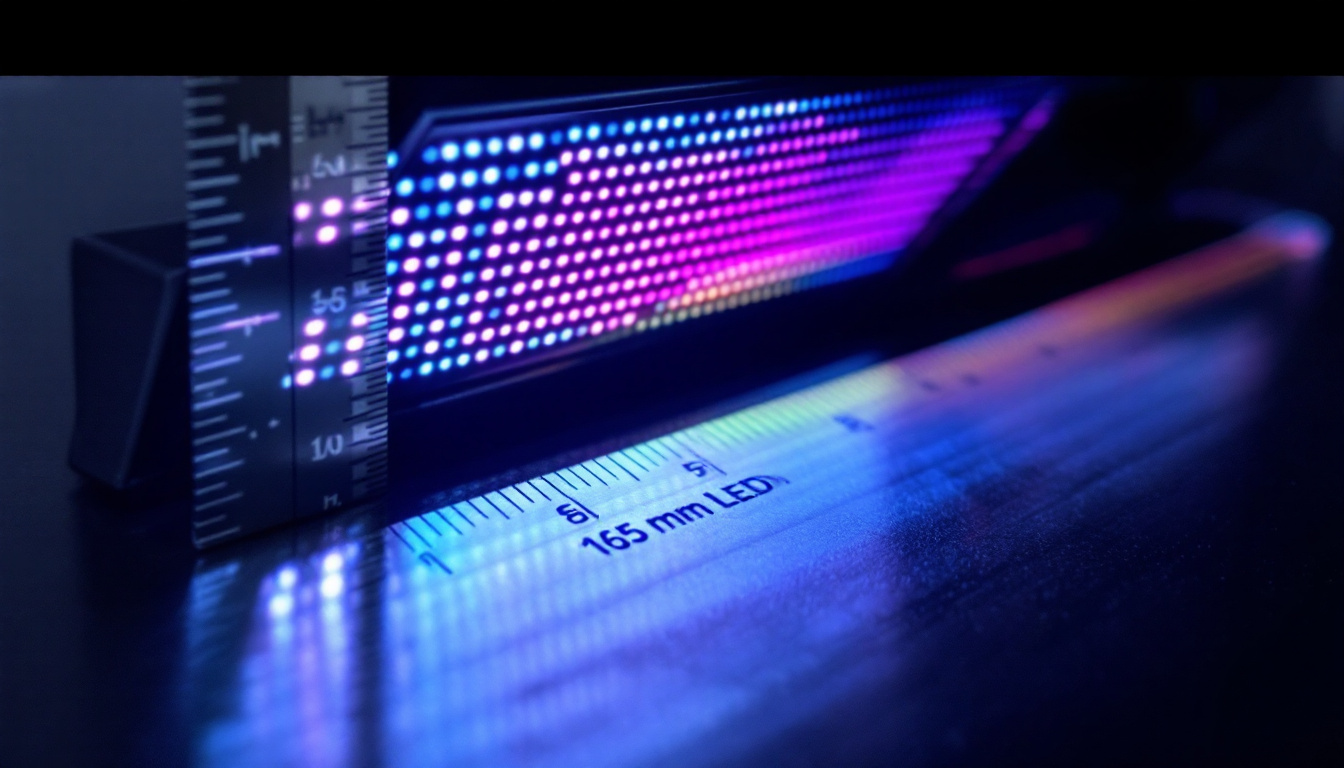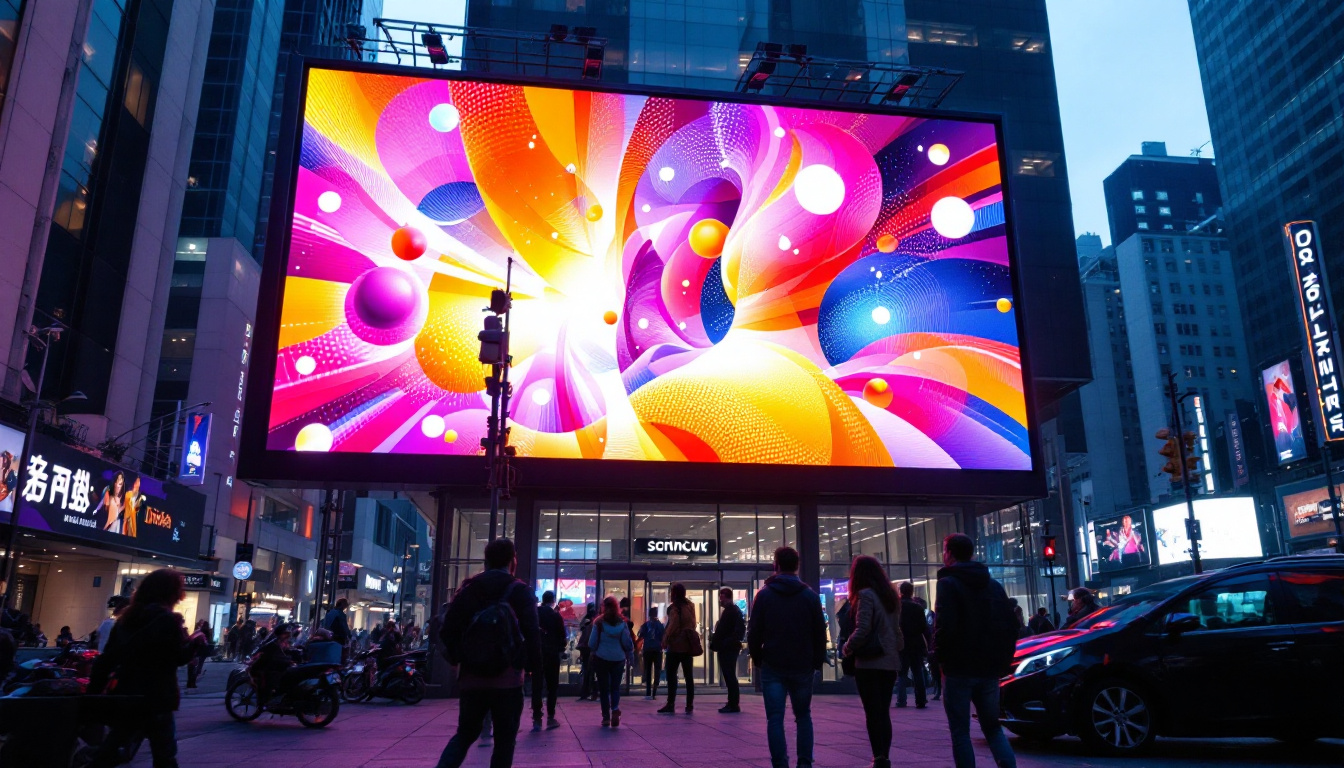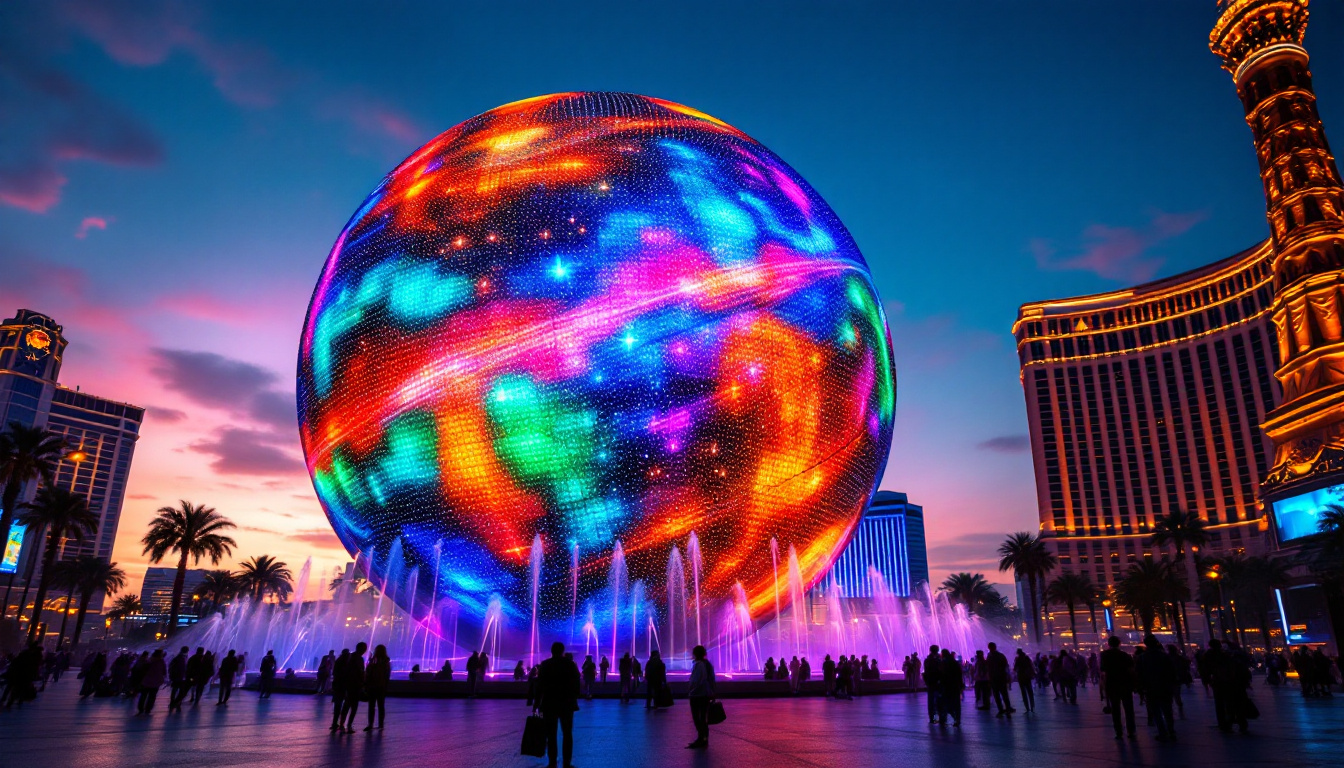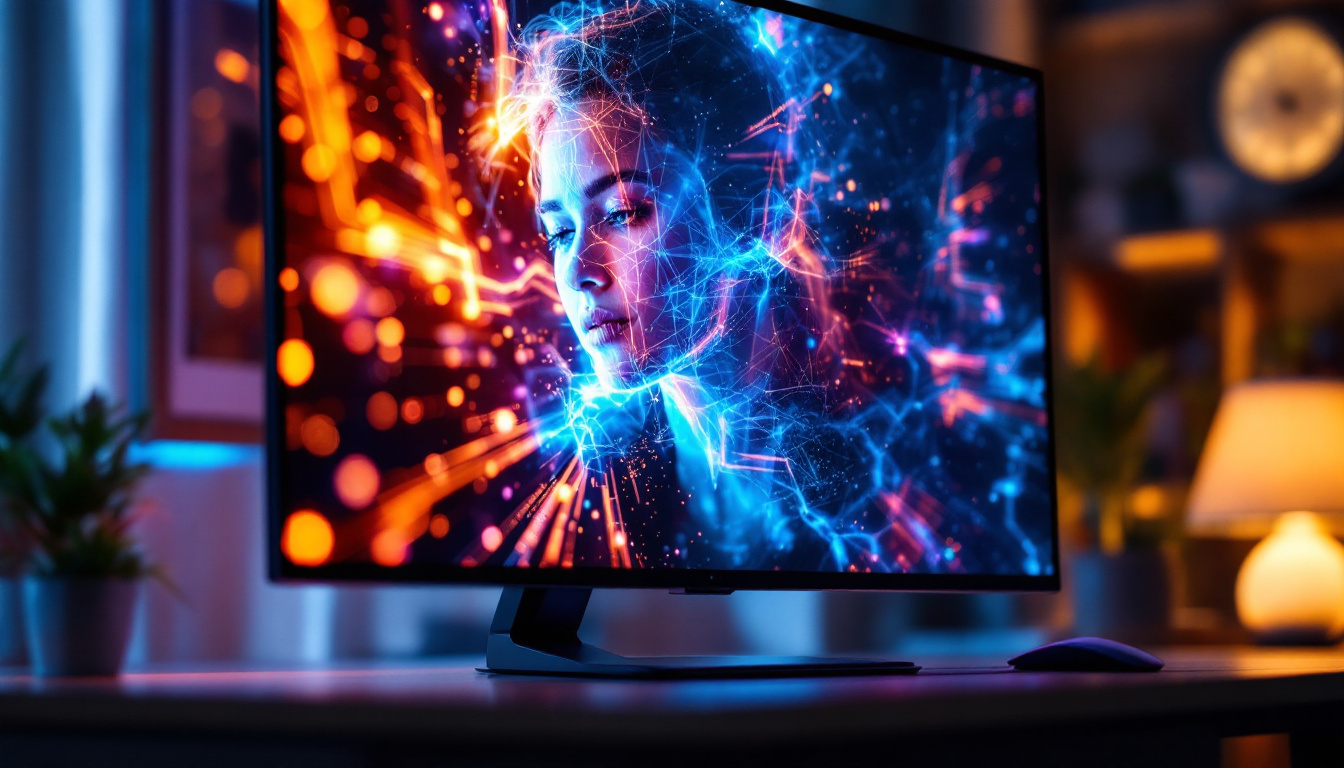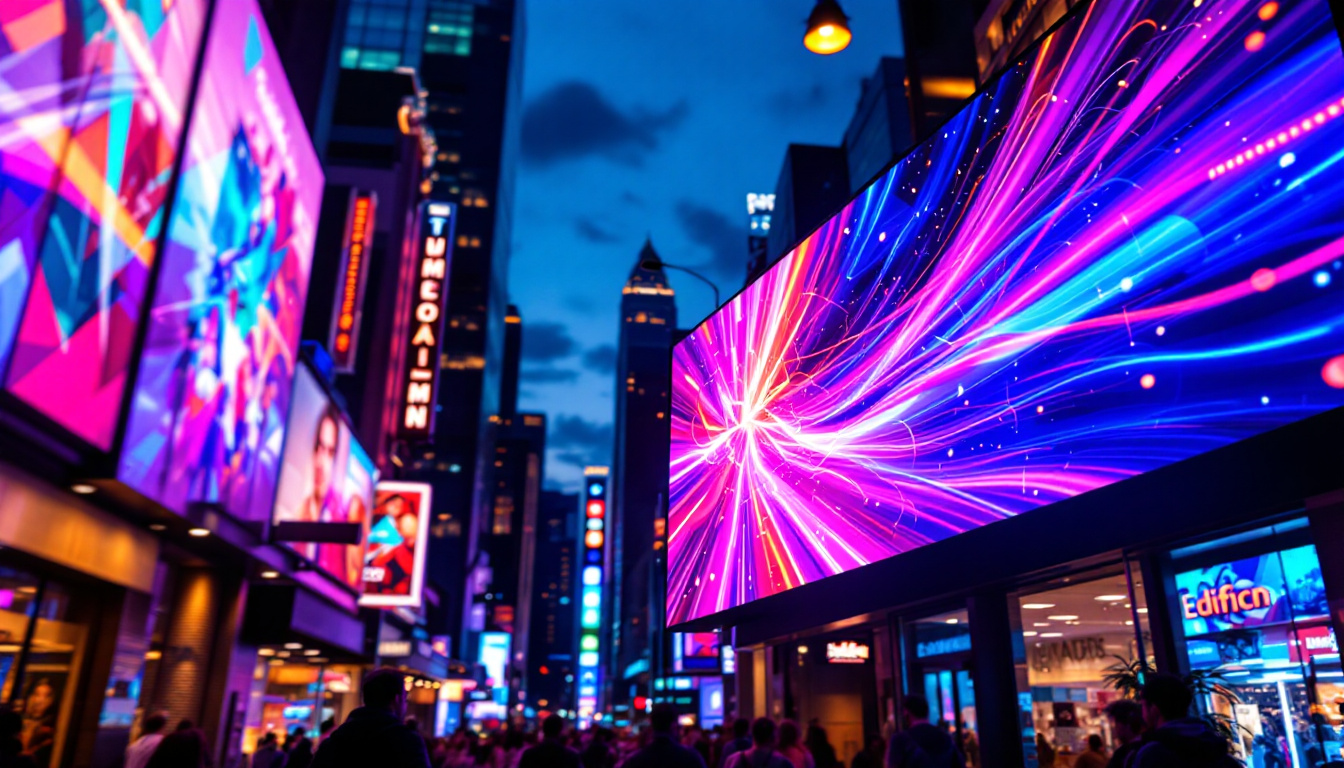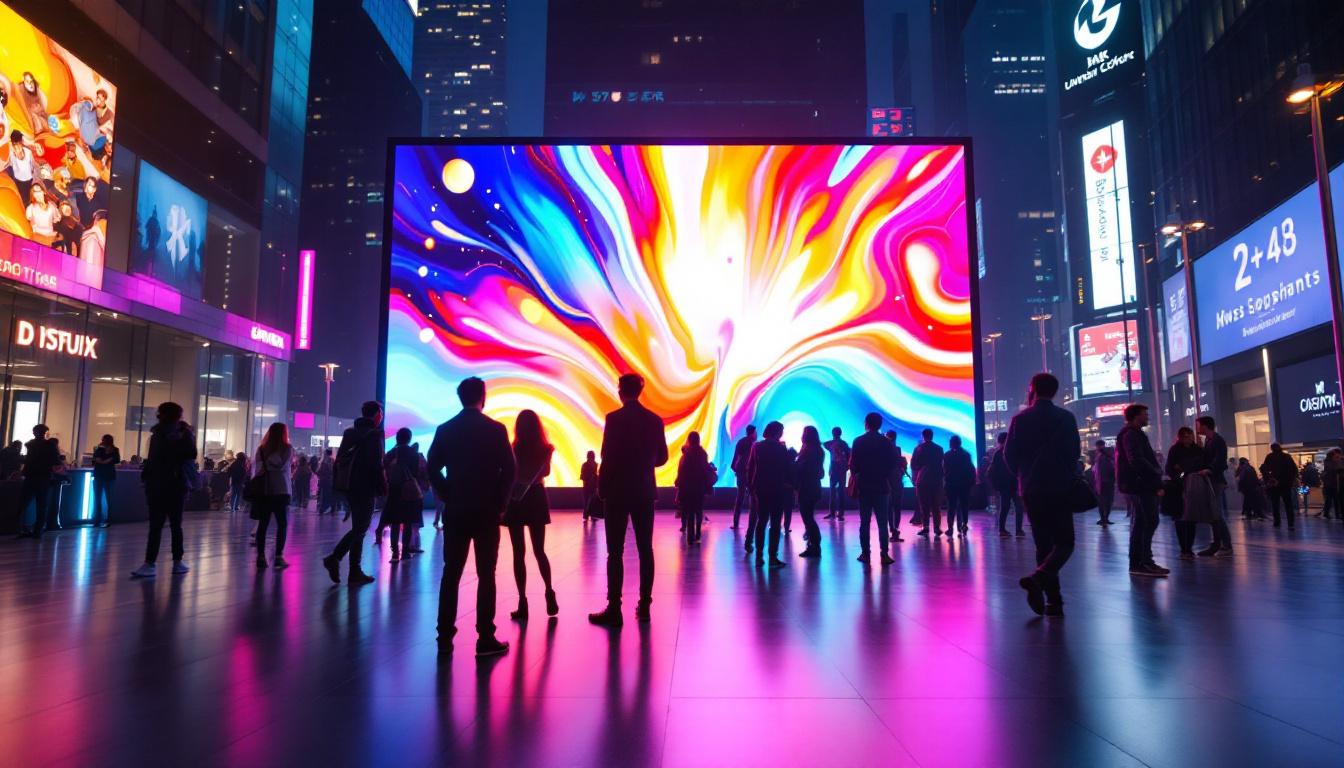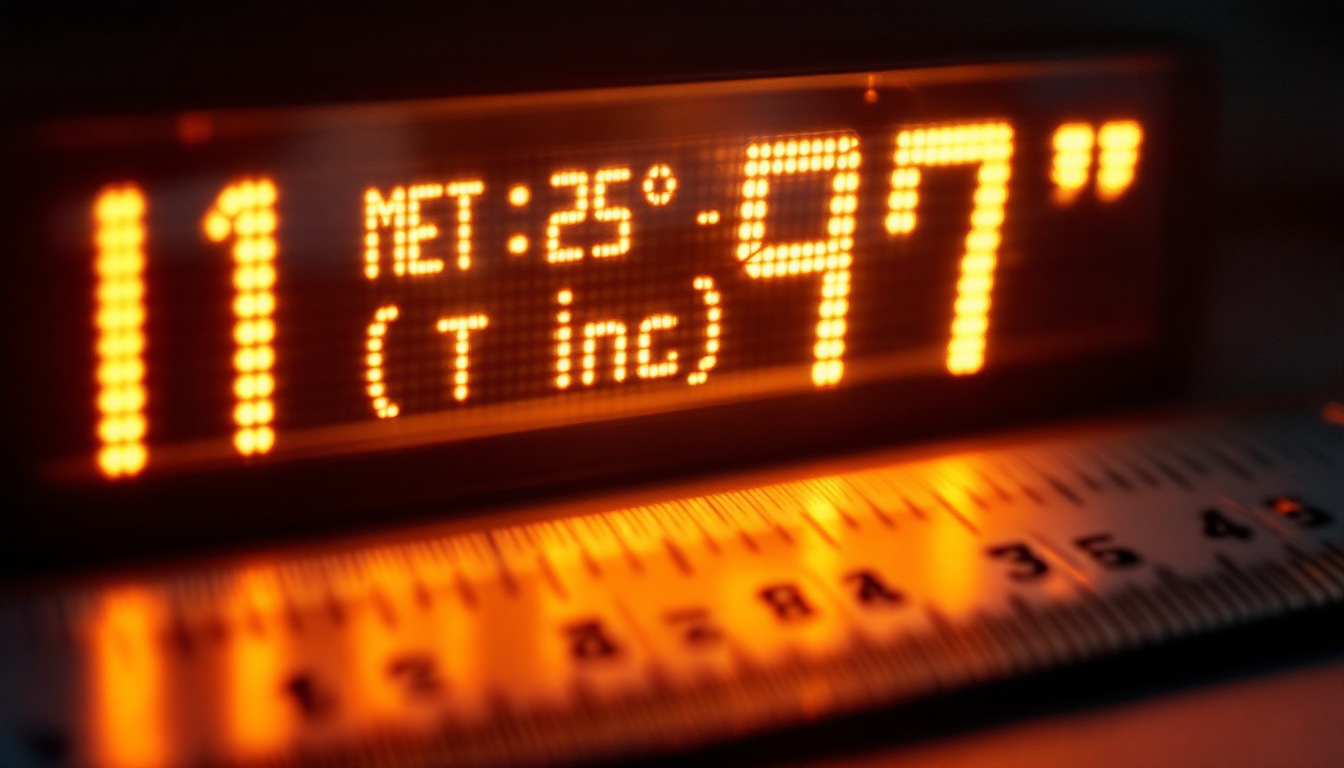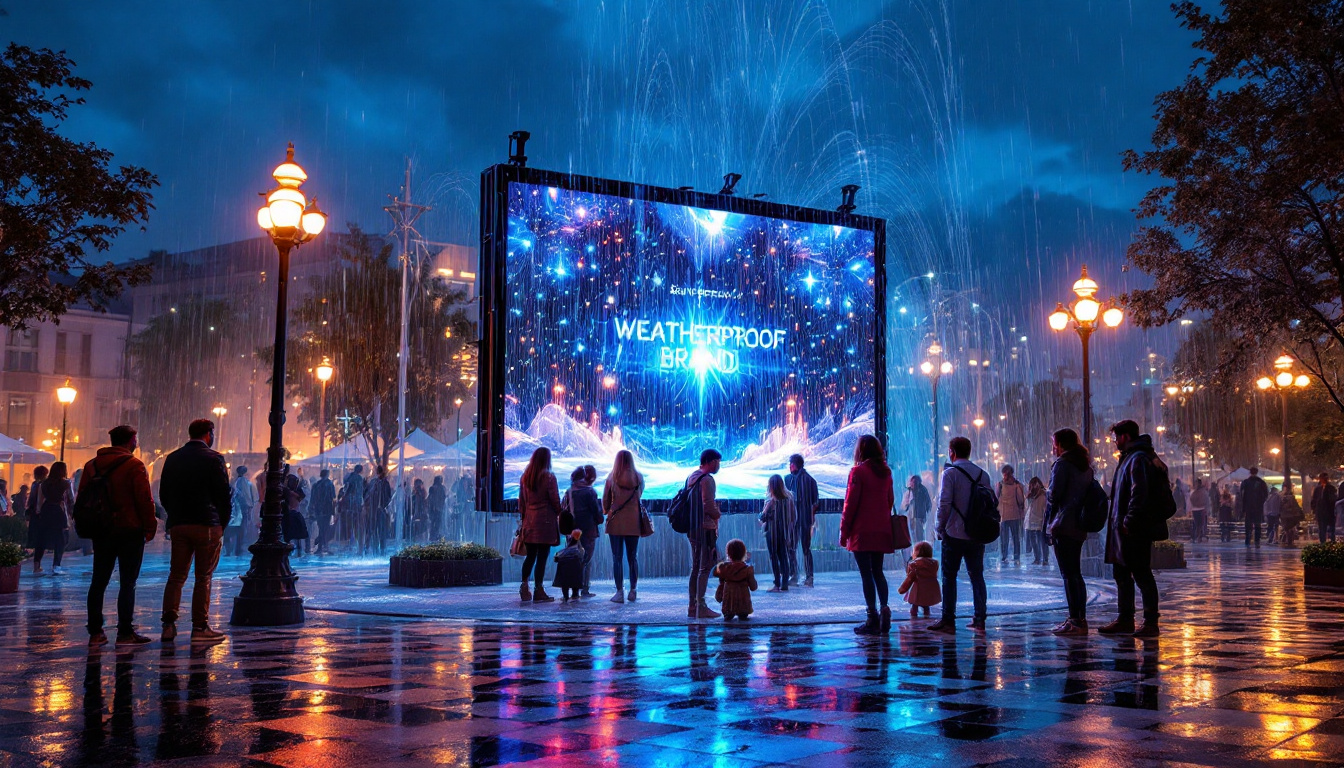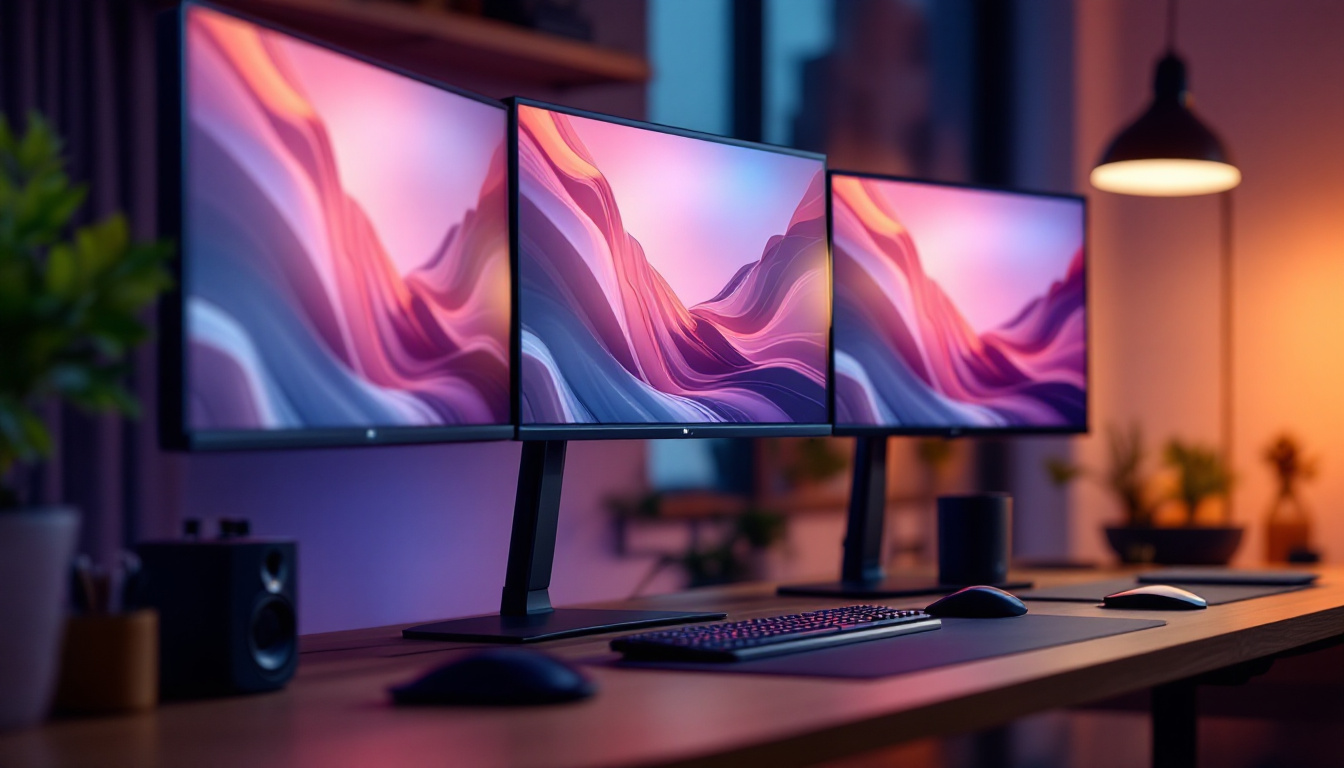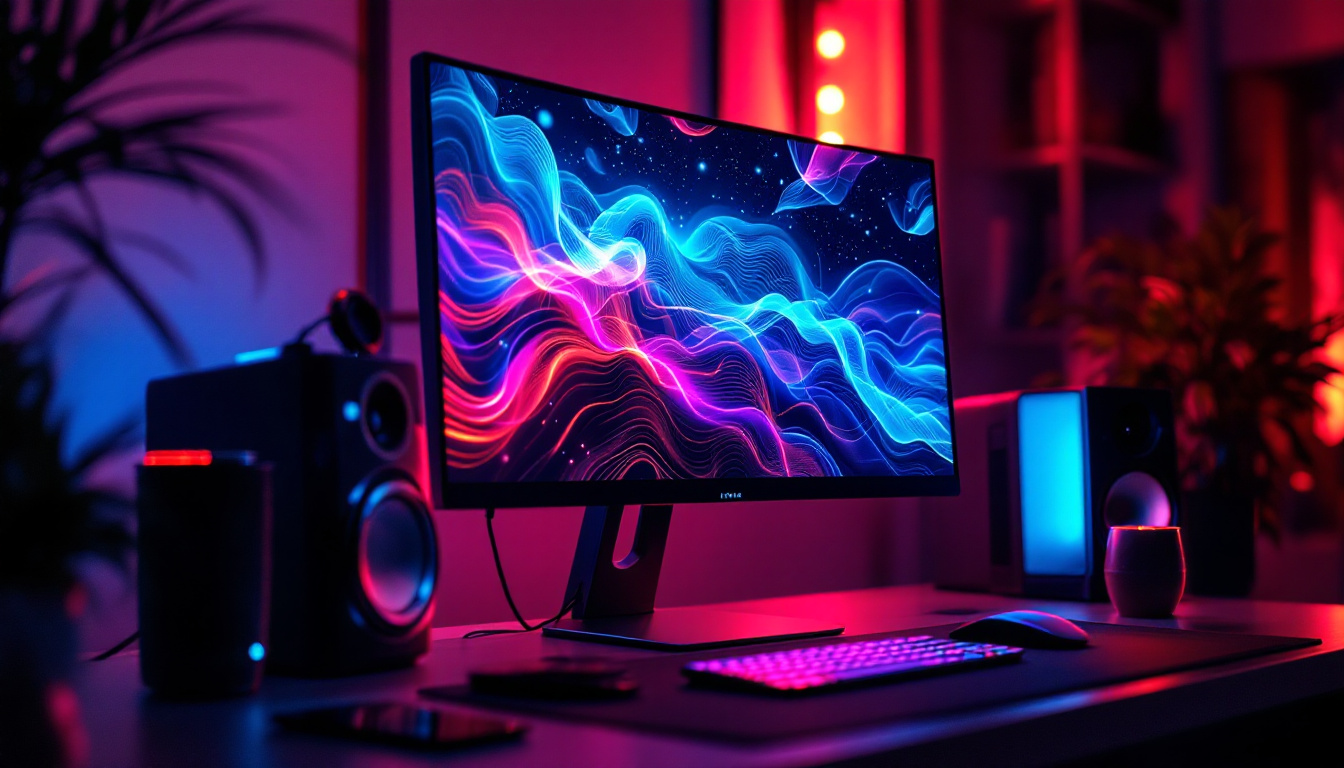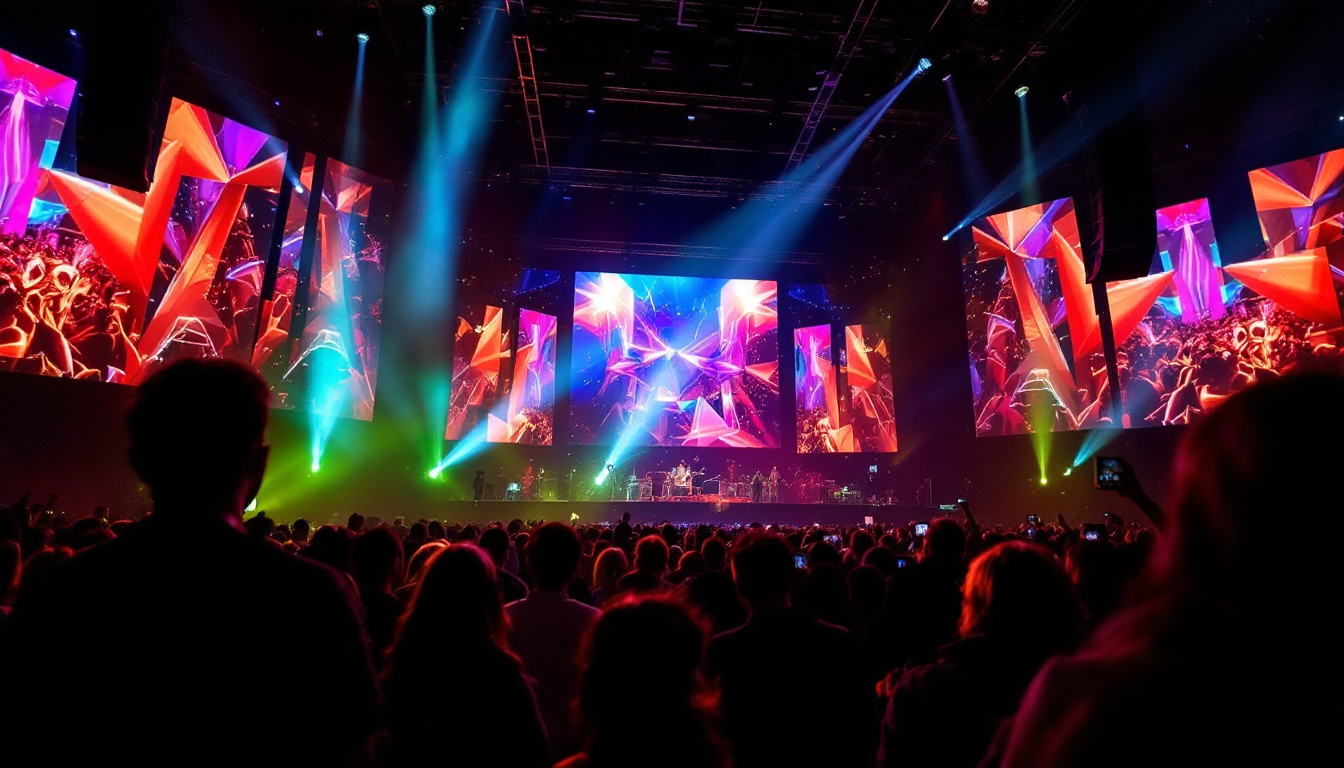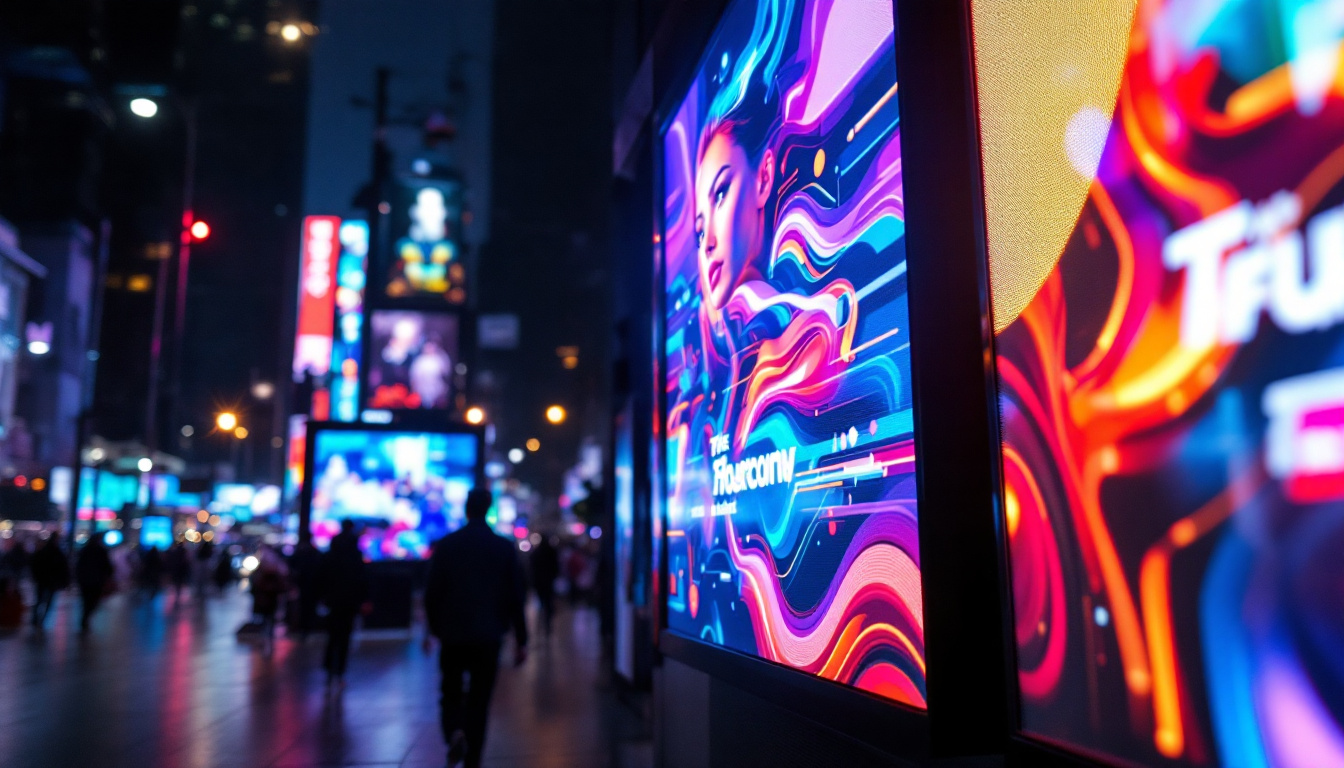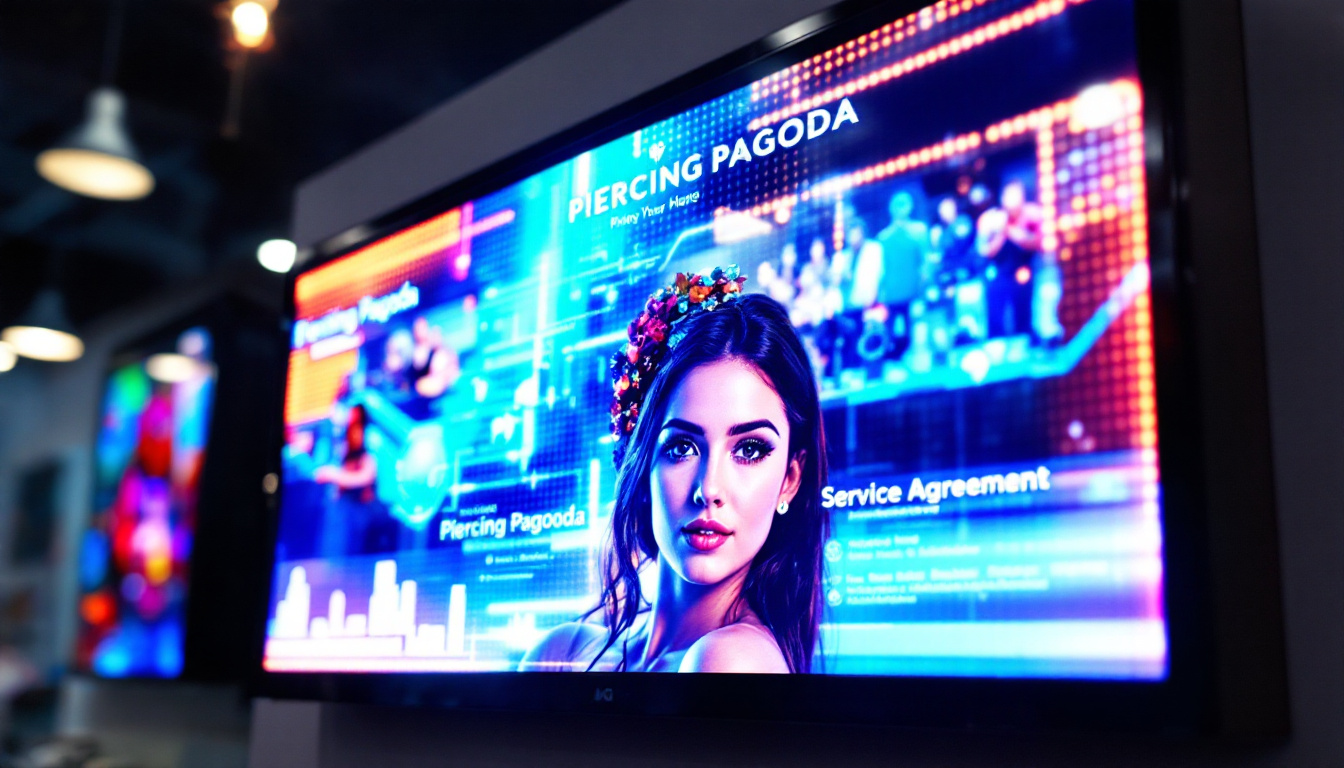In the rapidly evolving world of digital displays, LED technology has carved out a prominent niche due to its versatility, brightness, and energy efficiency. Among the many innovative applications of LED displays, the concept of the “Magic Cube” has emerged as a fascinating blend of art, technology, and interactive media. This article delves deep into the realm of Magic Cube images, exploring what they are, how LED displays power them, and why they are becoming increasingly popular in both commercial and entertainment sectors.
Understanding Magic Cube Images
What Are Magic Cube Images?
Magic Cube images refer to three-dimensional visual displays created using an array of LED lights arranged in a cubic structure. Unlike traditional flat screens, these cubes present images and animations in a volumetric space, allowing viewers to perceive depth and motion from multiple angles. This immersive visual experience is achieved by programming the LEDs to light up in specific sequences, creating the illusion of floating images within the cube.
The term “magic” aptly describes the captivating effect these cubes produce. They can display anything from simple geometric shapes to complex animations and even interactive content, making them a versatile tool for visual communication and artistic expression. Their ability to engage viewers has led to their use in various settings, from retail environments that aim to attract customers with eye-catching displays to art galleries showcasing innovative digital art. The integration of sound and motion sensors further enhances the experience, allowing users to interact with the cube, thus creating a more personalized and memorable encounter.
The Evolution of 3D LED Displays
The journey to Magic Cube images is rooted in the broader development of 3D display technologies. Early attempts at volumetric displays involved mechanical parts or multiple projection systems, which were often bulky and expensive. The advent of high-density LED arrays revolutionized this space, enabling compact, energy-efficient, and highly customizable 3D displays.
Modern Magic Cubes leverage advancements in microcontroller technology, LED miniaturization, and software algorithms to create dynamic visualizations that were once impossible. This evolution has opened new avenues for advertising, education, and interactive art installations. For instance, in educational settings, these cubes can be used to visualize complex scientific concepts, allowing students to engage with the material in a more tangible way. In the realm of advertising, brands can create stunning visual narratives that capture attention and convey messages more effectively than traditional media. As technology continues to advance, the potential applications for Magic Cube images seem limitless, promising even more innovative uses in the future.
How LED Displays Power Magic Cube Images
LED Technology Fundamentals
Light Emitting Diodes (LEDs) are semiconductor devices that emit light when an electric current passes through them. They are favored in display technology for their brightness, longevity, and low power consumption. In Magic Cube displays, thousands of tiny LEDs are arranged in a three-dimensional grid, each acting as a pixel in a volumetric space.
The LEDs can produce a range of colors through the combination of red, green, and blue diodes (RGB LEDs), allowing for full-color image rendering. The precise control of each LED’s brightness and color is essential to create the detailed and vivid images seen in Magic Cubes. This capability not only enhances visual appeal but also allows for dynamic content that can shift and change, creating an immersive experience for viewers. The use of advanced materials in LED construction further contributes to their efficiency, ensuring that they can produce bright, vibrant colors even in well-lit environments.
Structural Design of LED Magic Cubes
The construction of a Magic Cube involves layering multiple LED panels or strings vertically and horizontally to form a cube. Common configurations include 8x8x8 or 16x16x16 LED grids, where the first two numbers represent the width and depth, and the third number represents the height of the cube. These configurations can be scaled up or down depending on the desired size and application, ranging from small decorative pieces to large installations for events or exhibitions.
Each LED in the cube is individually addressable, meaning it can be turned on or off or set to a specific brightness and color independently of the others. This granularity enables the creation of complex 3D animations and effects, as the cube can simulate movement and transformation within its volume. The structural design also allows for various mounting options, making it versatile for different settings, whether it be in a retail space, a concert, or an art installation. Furthermore, the transparent or semi-transparent materials often used for the cube’s casing enhance the visual experience by allowing light to diffuse and interact with the surrounding environment.
Control Systems and Programming
Behind the mesmerizing visuals of Magic Cube images lies sophisticated control electronics and software. Microcontrollers or FPGA (Field-Programmable Gate Array) boards are typically used to manage the timing and intensity of each LED. These controllers run custom firmware that interprets 3D models or animation scripts and translates them into LED activation patterns. The integration of wireless communication technologies, such as Wi-Fi or Bluetooth, has also made it possible to control these displays remotely, allowing for real-time updates and modifications from a distance.
Programming Magic Cubes requires knowledge of 3D coordinate systems and often involves specialized software tools that allow designers to map images and animations onto the cube’s LED grid. Real-time rendering capabilities enable interactive applications where the display responds to user inputs or external sensors. This interactivity can be further enhanced with the use of augmented reality (AR) or virtual reality (VR) technologies, creating a multi-sensory experience that captivates audiences. Additionally, the growing community of developers and artists experimenting with Magic Cube displays has led to a wealth of creative applications, from educational tools to artistic expressions, showcasing the endless possibilities of this innovative technology.
Applications of Magic Cube LED Displays
Commercial and Advertising Uses
Magic Cube displays have gained traction in marketing and advertising due to their eye-catching and novel presentation. Retailers and event organizers use these cubes to showcase products or brand logos in a way that stands out from traditional signage. The ability to display dynamic 3D content attracts attention and enhances brand recall.
For instance, a cosmetics company might use a Magic Cube to display a rotating 3D model of a perfume bottle, highlighting its design from all angles. This interactive and visually engaging approach can increase customer engagement and drive sales.
Entertainment and Art Installations
Artists and entertainers have embraced Magic Cube images as a medium for creative expression. The volumetric nature of the display allows for innovative storytelling and visual effects that challenge conventional flat-screen limitations. Museums and galleries often feature Magic Cube installations to provide immersive experiences that captivate audiences.
Additionally, live performances and concerts incorporate Magic Cubes as part of their stage design, integrating synchronized light shows and animations that complement the music and atmosphere. This fusion of technology and art enhances the overall sensory experience for attendees.
Educational and Scientific Visualization
In education, Magic Cube LED displays serve as powerful tools for visualizing complex 3D data. Fields such as molecular biology, physics, and engineering benefit from the ability to represent structures and phenomena volumetrically. Students and researchers can interact with data in a more intuitive way, improving comprehension and analysis.
For example, a Magic Cube can display a rotating 3D model of a molecule, allowing viewers to observe atomic arrangements and bonds from every angle. This tactile visual aid supports deeper learning and engagement in STEM subjects.
Advantages and Challenges of Magic Cube LED Displays
Key Benefits
One of the primary advantages of Magic Cube LED displays is their ability to present truly three-dimensional content without the need for special glasses or headsets. This accessibility broadens their appeal across various audiences and settings.
Furthermore, LEDs offer high brightness and contrast, making Magic Cubes visible even in well-lit environments. Their modular design allows for scalability, enabling creators to build cubes of different sizes tailored to specific applications.
Technical and Practical Challenges
Despite their appeal, Magic Cube displays face certain challenges. The complexity of wiring and controlling thousands of LEDs requires meticulous engineering and can increase production costs. Heat dissipation is another concern, as densely packed LEDs generate significant thermal output that must be managed to ensure longevity.
Moreover, the resolution of volumetric displays is inherently limited by the physical spacing of LEDs, which can affect image clarity compared to high-definition flat screens. Developers continue to explore ways to enhance resolution and reduce costs to make Magic Cubes more accessible.
Future Trends and Innovations
Integration with Augmented Reality (AR) and AI
The future of Magic Cube images is poised to intersect with emerging technologies such as augmented reality and artificial intelligence. By integrating AR, Magic Cubes could interact with mobile devices or wearables to create hybrid experiences that blend physical and virtual worlds.
Artificial intelligence algorithms can optimize LED control for smoother animations and adaptive content based on viewer behavior or environmental conditions. This synergy promises to elevate the interactivity and personalization of Magic Cube displays.
Advancements in LED Materials and Miniaturization
Ongoing research in LED materials aims to produce smaller, more efficient, and brighter diodes. Micro-LED technology, for example, offers the potential for higher pixel density and improved color accuracy in volumetric displays. Such advancements will enable Magic Cubes to deliver sharper images and more vibrant colors, enhancing their visual impact.
Additionally, flexible and transparent LED materials could lead to new form factors and applications, expanding the creative possibilities of Magic Cube images beyond the traditional cubic shape.
Conclusion
Magic Cube images represent a captivating frontier in LED display technology, merging three-dimensional visualization with dynamic lighting to create immersive and engaging experiences. Powered by advances in LED hardware, control systems, and programming, these volumetric displays are transforming how information, art, and entertainment are presented.
As technology continues to evolve, Magic Cube LED displays are expected to become more accessible, higher in resolution, and integrated with other digital innovations. Whether used for advertising, education, or artistic expression, the magic of these luminous cubes lies in their ability to bring images to life in three-dimensional space, captivating audiences and inspiring new ways of seeing the world.
Discover the Future of 3D Visualization with LumenMatrix
Ready to elevate your visual experience with cutting-edge LED technology? LumenMatrix is at the forefront of creating immersive environments through innovative LED display solutions. From captivating Indoor and Outdoor LED Wall Displays to dynamic Vehicle and Sports Displays, our extensive range of products, including Custom and All-in-One LED solutions, is designed to transform your space and engage your audience. Explore the possibilities and check out LumenMatrix LED Display Solutions today to see how we can help you make a lasting impression with clarity and impact.

